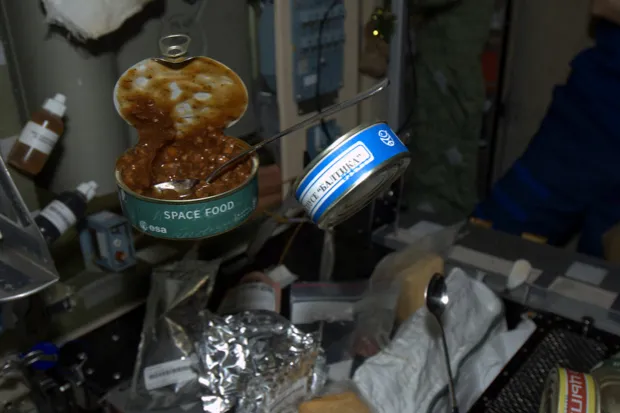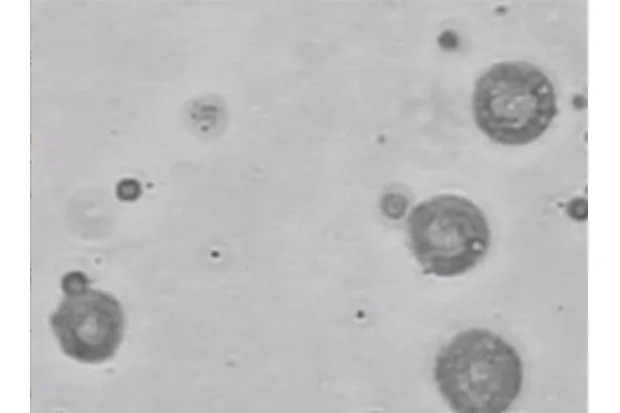1
Disaster response
In 2016 when the Mekong river’s water was at its lowest level in 90 years, help for those dealing with the drought on the ground in South East Asia came from an unlikely place: low-Earth orbit.
While the ISS is high above us, at least some instruments on board are looking down at Earth. High-definition images taken from the space station’s unique vantage point have been used to aid the response efforts to natural disasters here on Earth. In 2013 scientists began testing an automated camera system designed to help researchers and officials respond to wildfires, floods, landslides, and other natural disasters.
Every 24 hours, the space station orbits our planet 16 times, giving it ample opportunity to snap photos and take data that can prove incredibly valuable. The camera on board can take three pictures each second, which are used to help humanitarian relief efforts, monitor environmental changes and track adaptation to climate change, as well as monitor natural disasters.
It’s part of a programme called SERVIR, which is a joint effort from NASA and the US Agency for International Development. From monitoring a tornado in Louisville, Missouri, to the eruption of the Langila volcano in Papau New Guinea, SERVIR has taken thousands of photographs during it’s time on the space station, and helped countless people on Earth.
2
Bones

You’d be forgiven for thinking the bones inside your body are rigid and unchanging, but the reality is they’re constantly responding to the stresses you put them under. So what happens when you remove that pressure?
Losing bone mass is one of the biggest threats to an astronaut’s health while they’re in space. In fact, it’s not dissimilar to the sort of bone loss people go through if they’re put on bed rest on Earth.
Research from the ISS’s predecessor, the Mir space station, showed that people lose on average 1-2 per cent of their bone mass every month they spend in microgravity. Astronauts on the ISS do two hours of exercise every day in an effort to counteract this and other effects of weightlessness.
Diet also plays a part, and experiments on the ISS have found vital new clues about how we can preserve bones in space, and in vulnerable people on Earth.
In an ESA experiment, astronauts on board the ISS followed both a normal diet with 11.5g salt each day and a low-salt diet with just 2.9g, for five days each. Results showed that on the higher salt diet more calcium is lost from the body – bad news for bones.
In another experiment bisphosphonate, a class of drugs that are used to treat osteoporosis, was tested by ISS crew members. Results so far show that the drug, combined with a serious amount of exercise, does appear to slow the loss of bone in astronauts, so may prove useful for long-duration space missions in the future.
3
Neutron stars
As well as hosting research that will help astronauts and those of us stuck on Earth, sometimes the ISS plays a part in a discovery that is just plain spectacular.
Earlier this year, an experiment on the space station called Neutron star Interior Composition Explorer (NICER) found two stars that revolve around each other once every 38 minutes. One is a super dense spinning pulsar known as IGR J17062–6143. The other is a lighter white dwarf that spins around it as the larger star slowly hoovers it up.
Pulsars are incredibly dense and fast spinning stars, usually neutron stars, that emit beams of X-rays as they rotate. Both neutron stars and white dwarfs are the endpoints of a star’s life, formed when a star explodes in a supernova after burning up its fuel.
We can only detect a pulsar’s beam from Earth (or, in this case, low-Earth orbit) if it points towards us – think the light from a lighthouse as its lamp spins – so we’re lucky to have spotted this super speedy pair. The stars are closer to each other than the Moon is to Earth, and their 38-minute orbit makes them the fastest pulsar binary around.
NICER arrived on the ISS last year, and is tasked with making lots of detailed measurements of neutron stars, so these two record-breaking stars might not hang on to their title for long.
4
Growing plants
A single red romaine lettuce leaf might not be everyone’s idea of a tasty snack, but for someone who’s gone several months without any fresh food at all, it’s probably pretty appealing.
This particular red romaine lettuce leaf was grown in a Veggie Growth chamber designed especially for the ISS, and suited to the needs of growing food in weightlessness. The Veg-01 to 03 experiments are all about figuring out how to grow food without gravity, and in 2016 astronauts ate the first space-grown salad aboard the ISS.
There’s no real up or down in space, so roots grow all over the place. Normal water and soil would float away, so instead plants are grown in bags of substrate that NASA calls ‘plant pillows’, which deliver fertiliser and water to the plants as they need it. The seeds would float away too, so instead of being embedded in soil, they’re glued in place, with their shoot side facing ‘up’ and root side facing ‘down’. There’s no natural day and night cycle inside the space station, so LEDs are used instead, and encourage shoots to grow in the right direction.
As well as providing some much needed dietary variety for those aboard the ISS, growing food will be vital for any long-duration space missions – and has the added benefit of providing a bit of gardening therapy for any green-fingered astronauts.
5
Cancer drugs
Working in microgravity is not all downsides. In fact, scientists have used the unique environment on the space station to figure out better ways to create cancer drugs on Earth.
Microencapsulation is a technique that involves putting drugs or other agents inside a tiny biodegradable balloon-like capsule, which are then delivered directly to a tumour or site of infection using a specialised needle. These microcapsules can also contain contrast agents to help doctors see inside a patient’s body to better track a disease, and help treat it more effectively, or even genetically engineered DNA for use in gene therapy.


In an experiment on the space station called MEPS-II, scientists took advantage of microgravity to find better ways to make these microcapsules. Using altered fluid dynamics and surface interactions between the liquids, they made capsules containing different anti-cancer drugs, magnetic particles designed to be released on demand inside the body, and genetically engineered DNA.
Scientists on Earth have now been able to recreate these methods first used in space, resulting in better ways to make microcapsules that target tumours and resistant infections. NASA holds several patents for the techniques that should speed the development of cancer treatments, so more patients can avoid the side effects of chemotherapy and be treated with a targeted drug.
- This article first appeared in issue 329 of BBC Focusmagazine - subscribeand get the magazine delivered to your door, or download theBBC Focusapp to read it on your smartphone or tablet.Find out more
Follow Science Focus onTwitter,Facebook, Instagramand Flipboard